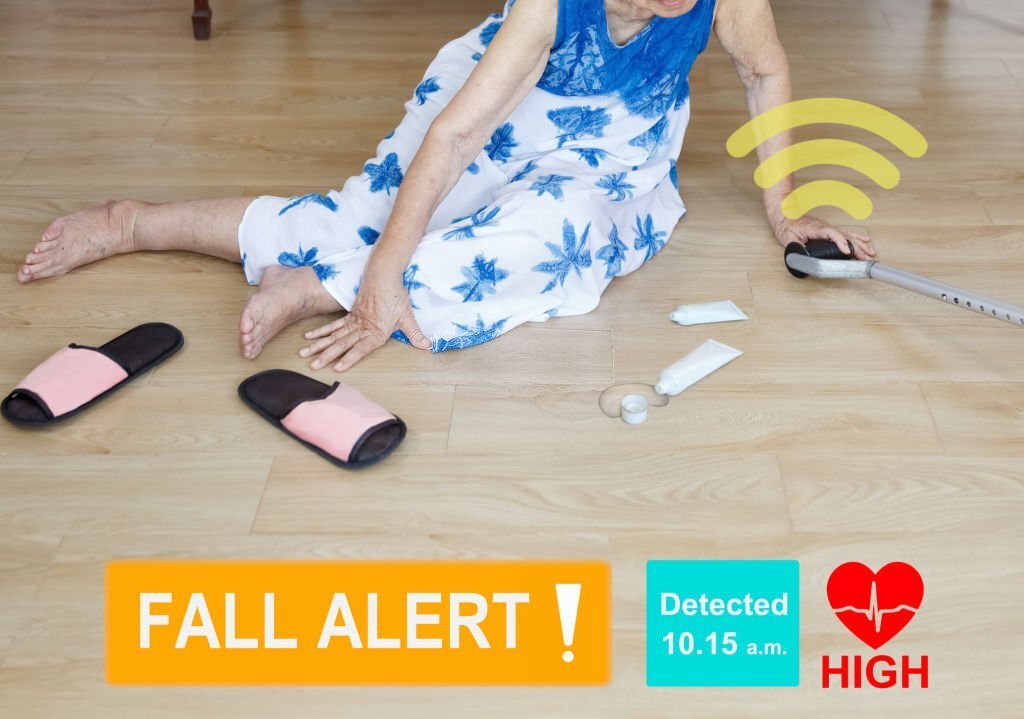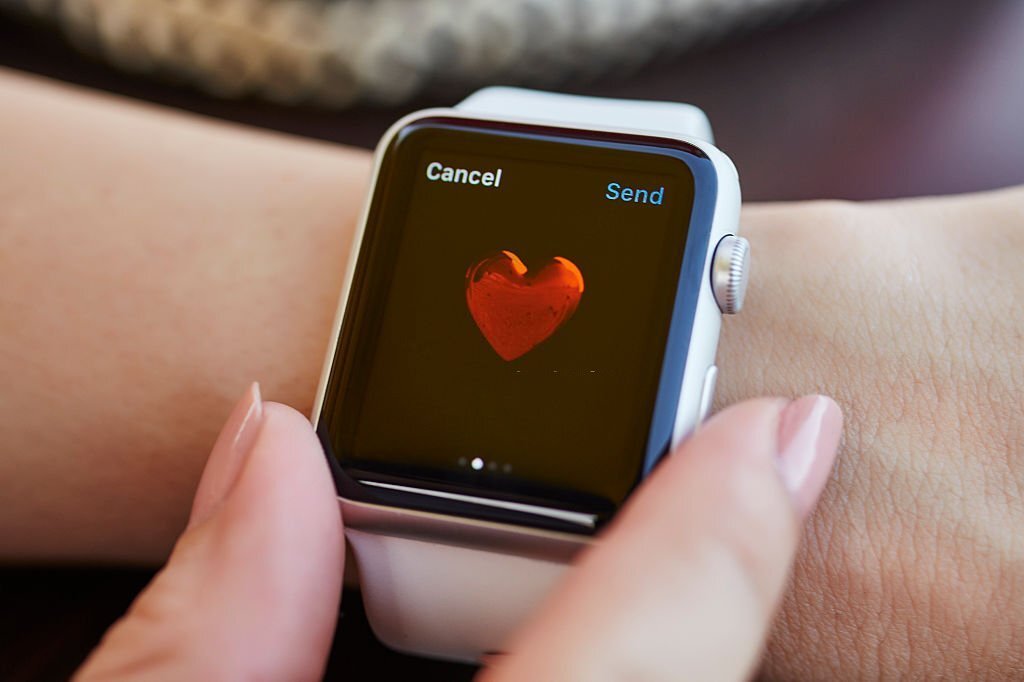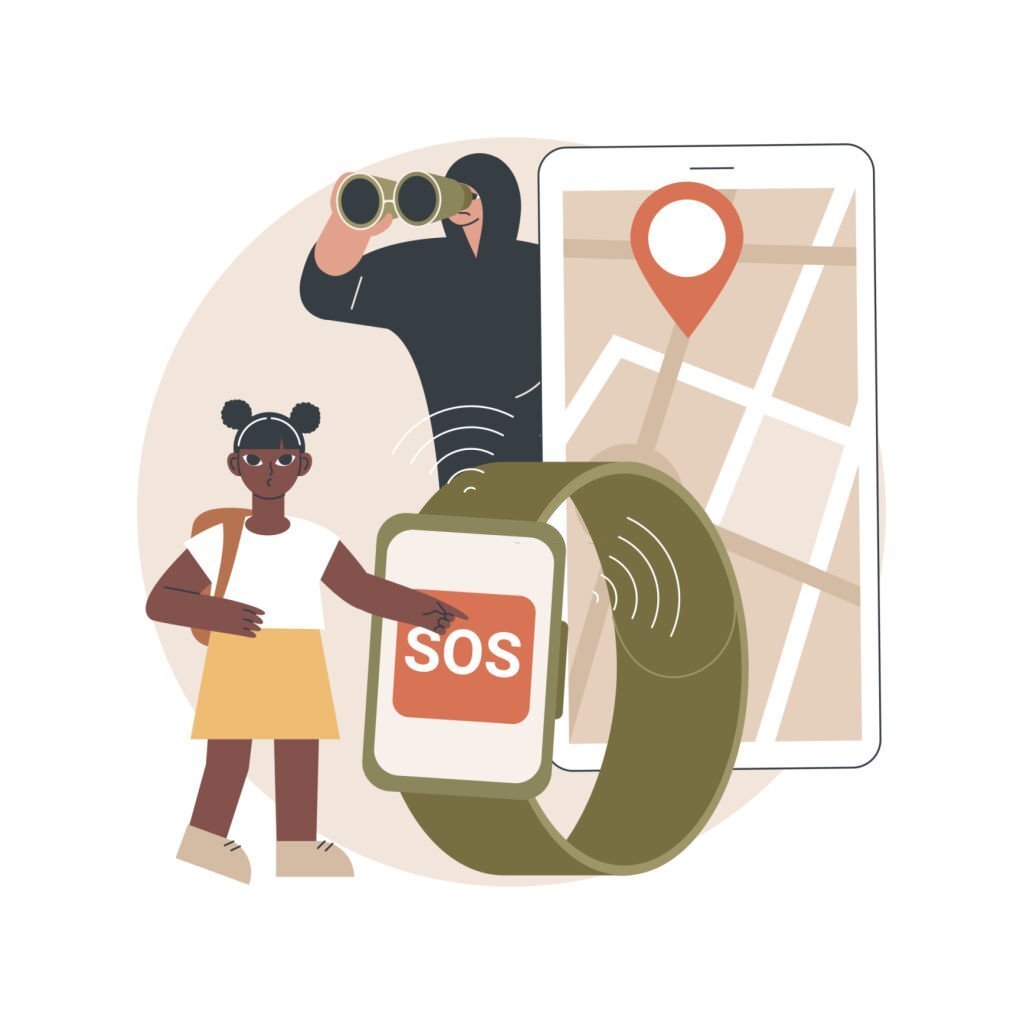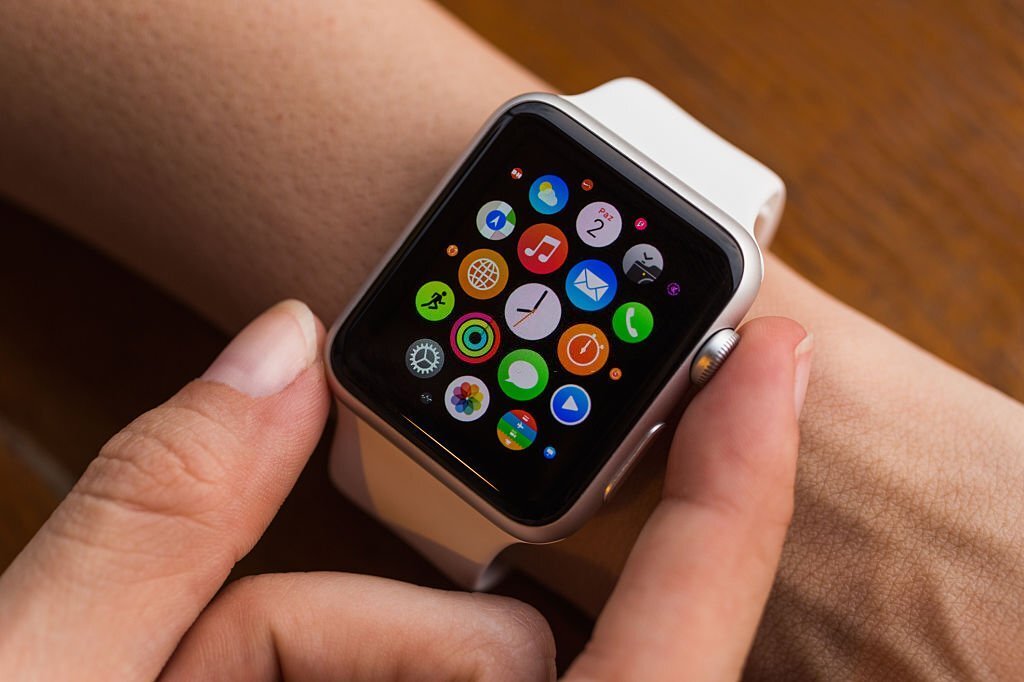Introduction: The Apple Watch is renowned for its cutting-edge features that go beyond a typical smartwatch. One such standout feature is Fall Detection, designed to enhance user safety and provide peace of mind. In this blog post, we will explore the Apple Watch Fall Detection feature in detail, highlighting its benefits, functionality, and how it can potentially save lives. Let’s dive in!

The Apple Watch Fall Detection feature is an advanced capability designed to enhance user safety and provide peace of mind. It utilizes sophisticated sensors and algorithms to detect when the wearer experiences a hard fall. Here is a detailed explanation of the feature and its benefits:
- Automatic Fall Detection: The Apple Watch can automatically detect when the wearer takes a significant fall based on its built-in accelerometer and gyroscope. This ensures that even if the wearer is unable to trigger an alert manually, help can still be summoned.
- Immediate Alerts: When a fall is detected, the Apple Watch delivers a haptic tap on the wrist and displays an alert on the screen. This prompt notifies the wearer about the fall and gives them the option to dismiss the alert or initiate an emergency call.
- Integration with Emergency SOS: Fall Detection seamlessly integrates with the Apple Watch’s Emergency SOS feature. If the wearer remains motionless for a specific duration after a fall, the watch automatically initiates an emergency call to local emergency services. This quick response can be crucial in obtaining timely medical assistance.
- Customizable Sensitivity: Users have the ability to customize the sensitivity of Fall Detection according to their specific needs. The Apple Watch allows adjustment of the sensitivity level through the Watch app settings. This ensures that the feature accurately detects falls while minimizing false alarms during activities such as exercising or sports.

1. What is Fall Detection?
Fall Detection is an advanced feature available on select Apple Watch models. It utilizes built-in sensors and algorithms to detect when the wearer takes a hard fall.
2. How does it work?
When a fall is detected, the Apple Watch utilizes its sensors to analyze the wearer’s movements, acceleration, and wrist trajectory. If a significant fall is detected, the watch will automatically initiate an alert.
3. Who can benefit from Fall Detection?
Fall Detection is particularly beneficial for individuals who are prone to falls or have a higher risk of injury, such as older adults or individuals with certain medical conditions.
4. How does it alert the wearer?
Upon detecting a fall, the Apple Watch sends a haptic tap on the wrist and displays an alert on the screen, giving the wearer the option to dismiss the alert or initiate an emergency call.
5. Emergency SOS feature integration:

In addition to the haptic and visual alerts, Fall Detection seamlessly integrates with the Apple Watch’s Emergency SOS feature. If the wearer remains motionless for a specific duration after a fall, the watch automatically initiates an emergency call to local emergency services.
6. Can false alarms occur?
While Apple has implemented sophisticated algorithms to minimize false alarms, it is possible for the feature to be triggered in certain non-fall situations, such as during vigorous physical activities or sudden movements.
7. Customizing Fall Detection sensitivity:
Users can adjust the Fall Detection sensitivity to suit their needs. The Apple Watch allows customization in the Watch app settings, enabling users to set the level of sensitivity that feels appropriate for their individual circumstances.
8. Location sharing during emergencies:
When an emergency call is made through Fall Detection, the Apple Watch automatically shares the wearer’s location with emergency services, aiding in faster response and assistance.
9. Confidentiality and privacy:

Apple takes privacy seriously, and Fall Detection data is handled with utmost confidentiality. Fall detection information is encrypted and stored securely on the device, ensuring that sensitive health data remains protected.
10. Peace of mind and enhanced safety:
The Fall Detection feature on the Apple Watch serves as a valuable safety tool, providing wearers and their loved ones with peace of mind, knowing that help can be summoned promptly in case of a fall-related emergency.
Conclusion:
The Apple Watch Fall Detection feature showcases the intersection of technology and safety, demonstrating how wearable devices can be more than just stylish accessories. With its advanced sensors and intelligent algorithms, the Fall Detection feature offers an additional layer of protection for individuals at risk of falls. By automatically detecting falls and initiating emergency alerts, the Apple Watch empowers wearers and potentially saves lives. So, if you or your loved ones could benefit from an added sense of security, consider the Apple Watch with Fall Detection as a smart choice.
Disclaimer:
The information provided in this blog post is based on the article mentioned as the source. Please refer to official Apple documentation and support channels for the most accurate and up-to-date information regarding the Apple Watch Fall Detection feature.
